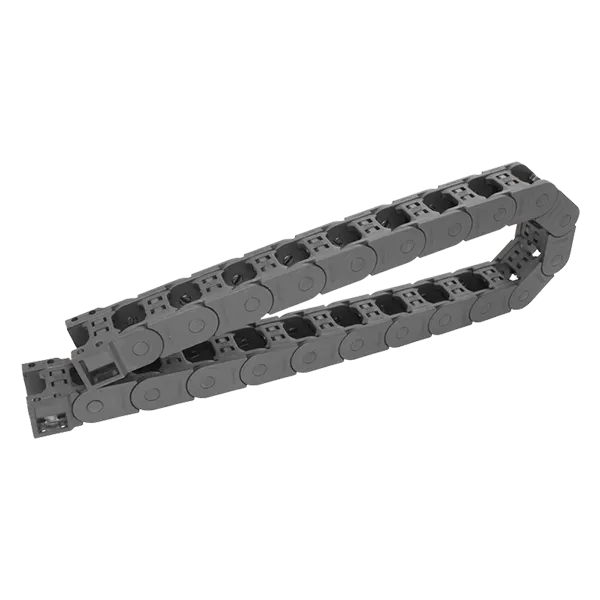Efficient Solutions for Handling Swarf in Manufacturing Processes and Conveyor Systems
The Importance of Swarf Conveyors in Manufacturing
In the world of manufacturing, efficiency and cleanliness are paramount. One of the key challenges faced by many production facilities is the management of metal shavings, also known as swarf. These metal filings and chips can accumulate during machining processes, leading to operational hazards and inefficiencies if not handled properly. This is where swarf conveyors play a critical role in manufacturing environments.
Swarf is generated from various machining processes, including milling, turning, drilling, and grinding. While these processes are essential for shaping materials into precise components, they also produce waste that must be effectively removed from the work area. Left unmanaged, swarf can pose several problems, including the risk of worker injury, equipment damage, and reduced production efficiency. This is why implementing an efficient swarf management system is imperative for manufacturers.
Swarf conveyors are specialized systems designed to transport metal debris away from cutting and machining areas. These conveyors come in various designs and configurations, including belt, screw, magnetic, and drag type conveyors, allowing manufacturers to choose the system that best fits their production environment and specific needs.
One of the primary benefits of swarf conveyors is their ability to enhance workplace safety. By efficiently removing sharp metal shavings from the floor and work surfaces, these conveyors significantly reduce the risk of injuries caused by slips, trips, and falls. Moreover, conveyors help minimize the likelihood of equipment accidents that can occur if swarf buildup obstructs machinery or interferes with worker operations.
swarf conveyors

In addition to safety, swarf conveyors contribute to improved operational efficiency. By automating the swarf removal process, these systems reduce the need for manual labor. Workers can focus on more value-added tasks rather than spending time cleaning up debris. This not only enhances productivity but also allows manufacturers to maximize their output while minimizing operational costs.
Another important aspect of swarf conveyors is their ability to improve the overall quality of manufactured products. Swarf can contaminate finished products if not properly managed. Metal debris left on workpieces can lead to defects and quality control issues, ultimately impacting customer satisfaction and brand reputation. By ensuring that swarf is efficiently collected and disposed of, manufacturers can maintain higher standards of quality and consistency in their products.
Furthermore, modern swarf conveyors can be integrated with other aspects of the manufacturing process, including coolant systems and waste management systems. For instance, some swarf conveyors are designed to separate metal chips from cutting fluids, allowing for the recycling and reuse of these fluids while efficiently conveying the swarf for disposal or recycling. This integration not only optimizes the entire production process but also contributes to sustainability efforts by reducing waste and conserving resources.
When selecting a swarf conveyor system, manufacturers should consider various factors, including the type of materials being processed, the volume of swarf produced, space constraints, and budget. It is crucial to choose a system that is robust enough to handle the specific types of swarf generated in a given machining process. Additionally, regular maintenance and periodic checks are necessary to ensure the longevity and reliability of the conveyor system, avoiding unplanned downtimes.
In conclusion, swarf conveyors are an essential component of modern manufacturing. They play a vital role in ensuring workplace safety, enhancing operational efficiency, and improving product quality. By effectively managing the removal of metal shavings during the machining process, manufacturers can optimize their production workflows, reduce costs, and improve overall competitiveness in a rapidly changing industrial landscape. As technology continues to evolve, the development of more advanced and efficient swarf conveyor systems will undoubtedly support manufacturers in overcoming the challenges of swarf management, leading to a cleaner and safer working environment.








